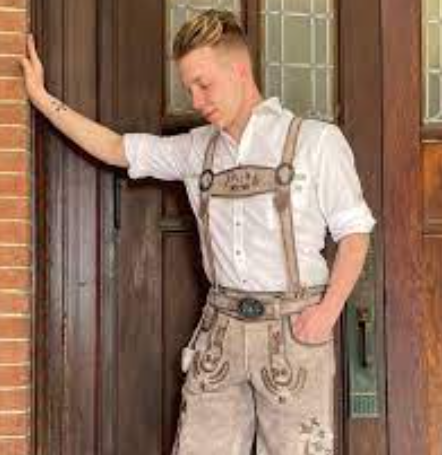Traditional garments are not just pieces of clothing, but they also hold significant cultural and historical value. Understanding the cultural heritage behind a traditional garment is essential in preserving the heritage and identity of a community. In the case of traditional garments, they are a symbol of a community’s cultural identity and can reveal the history, social structure, and beliefs of that particular community.
For example, the Japanese kimono is a traditional garment that is intricately tied to Japanese culture and history. Each design element, color, and fabric choice in the kimono has significant meaning and symbolism, reflecting the wearer’s age, social status, and occasion. The intricate patterns and motifs in the kimono also showcase Japanese craftsmanship and artistry, making it an essential part of Japan’s cultural heritage. By learning about different traditional garments from various communities around the world, we can broaden our understanding of different cultures and appreciate their unique beauty and significance.
Lederhosen’s Evolution In Alpine Regions Of Europe (Emphasizing Austria)
Table of Contents
Lederhosen, which literally means “leather breeches” in German, is a traditional garment that has been a part of Alpine culture for centuries. The origins of lederhosen can be traced back to the 18th century, where it was commonly worn by peasants and hunters in the Alpine regions of Europe, particularly in Austria. Originally designed for practicality and durability, lederhosen were made from sturdy leather that could withstand the harsh climate and rugged terrain of the mountainous region.
Over time, lederhosen evolved from a practical garment to a symbol of regional pride and cultural identity. Different variations of lederhosen developed in different regions of the Alps, each with its unique style and decorative elements. In Austria, for example, lederhosen were often adorned with intricate embroidery and brass buttons, reflecting the country’s rich artistic and cultural heritage.
Today, lederhosen is no longer just a traditional garment worn by peasants and hunters but has become a popular fashion item and cultural icon, not just in the Alpine regions but around the world. Understanding the cultural heritage behind lederhosen and its evolution over time is crucial in appreciating the significance and value of this traditional garment.
Popularity And Modern Use Of Lederhosen Beyond Alpine Areas
The traditional costume has become increasingly popular outside of its original region due to its association with German folklore and heritage. Many people living in North America, Australia, South Africa, and other countries where there was significant emigration from Germany or Austria have embraced lederhosen as part of their own cultural heritage. They often wear them to celebrate special occasions such as weddings and anniversaries, family reunions, and cultural festivals that feature folk dancing, music, food, and drink. Some even attend beer festivals dressed in lederhosen, showcasing pride in their German ancestry and love for the country’s famous beverages. The global reach of lederhosen may come as a surprise to those unfamiliar with its history. Its expansion beyond geographic boundaries demonstrates that traditional clothing transcends borders, uniting diverse cultures and fostering interconnectedness through shared experiences.
Styles and Design Elements
Leaderhosen are available in several designs and varieties to suit different preferences and purposes. In terms of key components and materials, high-quality leaderhosen tend to be made with durable, soft yet sturdy types of leather and comfortable linings to ensure comfort during extended periods of wear. As for hardware, zippers and buckles should match the color scheme of the lederhosen for a cohesive appearance and hold up well against repeated opening and closing. Additionally, branding details like metal labels displaying the manufacturer’s name or logo lend authenticity.
When discussing differences among various models, knickerbockers stand out as one of the most distinct forms of leaderhosen. These full-length trousers cover thighs and calves completely, while “shorty” or above-the-knee versions reveal lower legs when sitting or standing straight up. Knickers provide extra protection and warmth from brush and underbrush encountered during hikes, while shortened styles offer ease of movement for everyday situations and warmer weather activities. Patterns include classic tartans, plaids, checks, diamonds, and stripes reminiscent of wool textiles worn in colder climates, but also less intricate solid shades for minimalistic tastes. Customizable elements range from choosing specific trim colors to monogramming initials onto chest pockets or back patches. An engraved metal tag might display owner names alongside the leather belt or suspenders, further personalizing these authentic pieces. Whether selecting readymade or individually created versions, careful consideration of each aspect will result in highly individualized yet timeless lederhosen.
Wrapping it Up
Throughout the piece, stylistic alternatives and personalization choices were explored in great detail. Ultimately, understanding more about this cherished attire encourages appreciation of European history, culture, and artistry and enriches our sense of connection to rich cultural heritages worldwide. This comprehensive resource provides inspiration to explore deeper ties between past and present, to appreciate the beauty inherent within timeless styles and handcraftsmanship, and perhaps even dare to bring out your own hidden Austrian!
Read article more piticstyle


